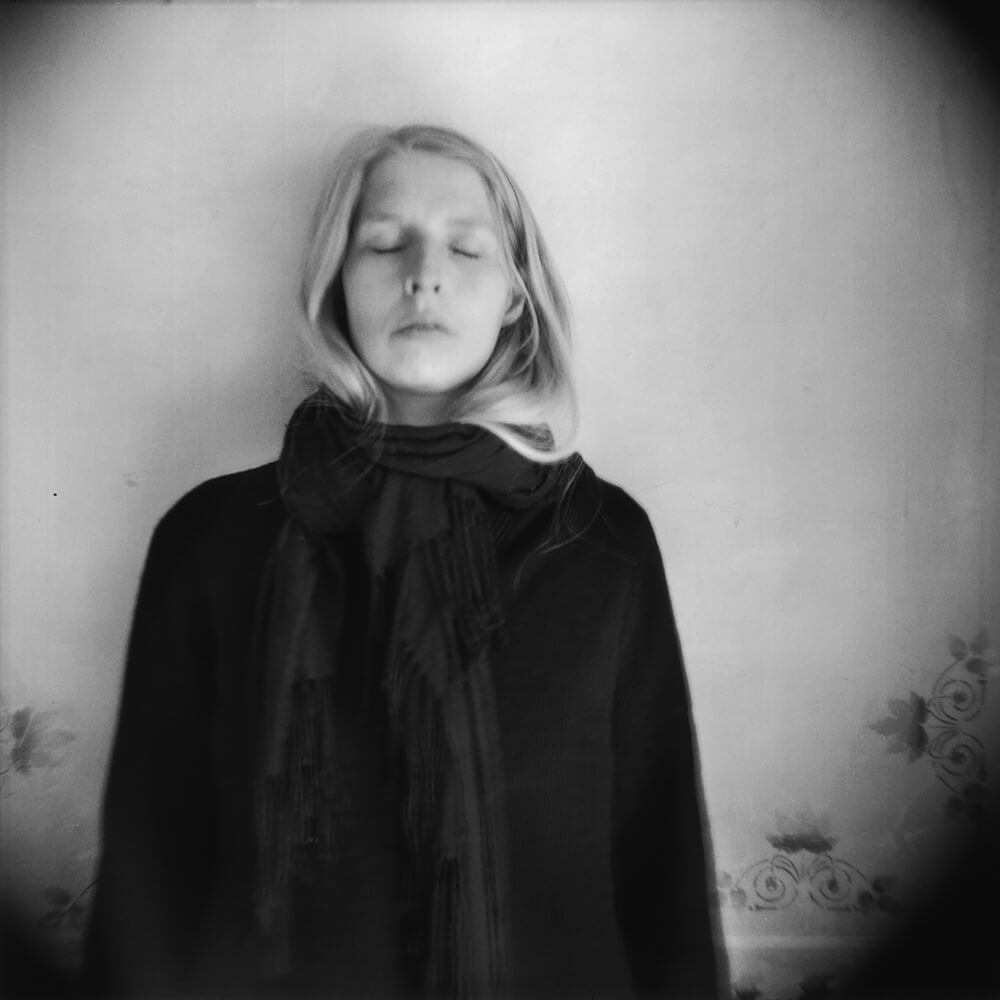Mathilde Helene Pettersen, born 1976 in Norway.
Photographer and visual artist, lives and work in Kristiansand, south of Norway.
Holds a BA in Photography and film from Napier Edinburgh University, Scotland and a MA in Art from the University of Agder, Kristiansand, Norway.
Pettersen is a member of Association of Norwegian Visual Artist and society of Fine Art Photographers in Norway.
Between 2013 and 2015 she was selected for the Norwegian Journal of Photography #2, a program supporting eight independent photographers in Norway, working on long-term projects and published by Journal, Stockholm (2015). In this publication, she chose to show a selection from her project Searching for Cloudberries, which was featured in Time Magazine/Lightbox and SHOTS magazine and exhibited at the Festival Voies Off in Arles, France (2016) and at the Encuentros Abiertos Festival de La Luz , in Buenos Aires, Argentina (2016) and at the Henie Onstad Art center in Oslo, Norway (2019).
Her work I need a kiss before they leave was exhibited at the Musée de l'Elysée in Lausanne, Switzerland (2016), Kristiansand Kunsthall, Norway (2017), the International Photofestival PhotoVisa in Krasnodar, Russia (2017) and is currently on show at the Sørlandets Museum of Art (Jun-Nov 2020) alongside photographers as Swedish Christer Strömholm and Anders Petersen and the Norwegian Tom Sandberg, Dag Alveng and Kåre Kivijärvi.
Her first photobook I NEED A KISS BEFORE THEY LEAVE was launched at Paris Photo 2019 at the Grand Palais by the German Kehrer Verlag in Heidelberg.
Mathilde Pettersen presents two projects:
Searching for Cloudberries (2008-), analogue black and white photographs.
My projects revolve around portraiture and self-portraiture, and in their themes touch upon motherhood and family as constellations. So does this project, presently spanning ten years now. It takes shape by depicting a sense of dysfunctionality of the infertile female body - a theme that is often taboo in our society - before it turns and grows in a new direction when discovered not, moving on to contemplate the development of the child and the changes of the body of its mother over time in connection with life cycles in nature.
I need a kiss before they leave (2011-), digital colour photographs.
I NEED A KISS BEFORE THEY LEAVE is an emotional family portrait, filled with immense joy, but also with a disturbing realization of a wonderfulness that cannot be stored. It reflects upon a human desire to freeze time, to forever savoring those moments which are destined to live on only as distant memories.
Photography is of course the artistic technique to actually freeze time and to store a split second forever. In this book, Norwegian photographer Mathilde Helene Pettersen captures an entire parenthood, with all its bright and dark moments. I need a kiss before they leave reflects on becoming and being a mother, on building a family, on the immediate and unpredictable, on strengths and fragilities in life, and sometimes on the overshadowing fear of death and the irreversible.
From the text in I NEED A KISS BEFORE THEY LEAVE by Anna-Kaisa Rastenberger:
First things first: loving is not for the faint of heart. Loving, day af- ter day, requires the courage to handle the disappointment of quotidian love falling short of the ideal of love. It requires even more courage to extend love to societal structures in need of repair. (...)
"This is my story." These are the words used by Mathilde Helene Pettersen at the beginning of her book I need a kiss before they leave. The series, consisting of photographs taken with a camera phone over a period of eight years, is a chronicle of childbirth, motherhood, and family life. Pettersen writes that this was a story she hesitated to tell.
Pettersen has spoken about the challenge and dichotomy of com- bining motherhood with the work of a photographer. On the one hand, she leads an ordinary enough, down-to-earth life with her family; on the other, she has a life outside the home, working as a photographer. Even in the Nordic countries, this is no simple equa- tion to balance. Although the principle of gender equality in the workplace is firmly established, or at least acknowledged, it re- mains elusive in practice.
Selected Books on

